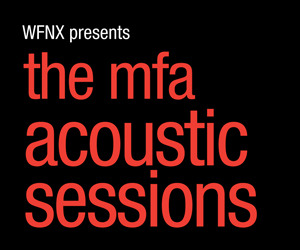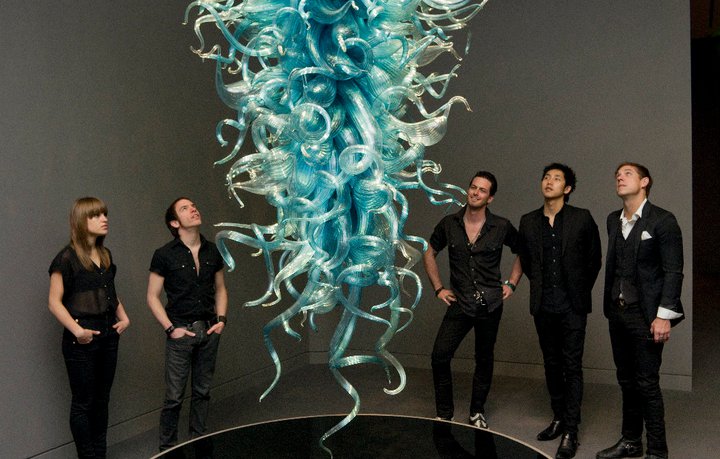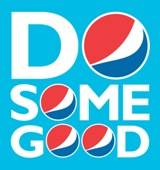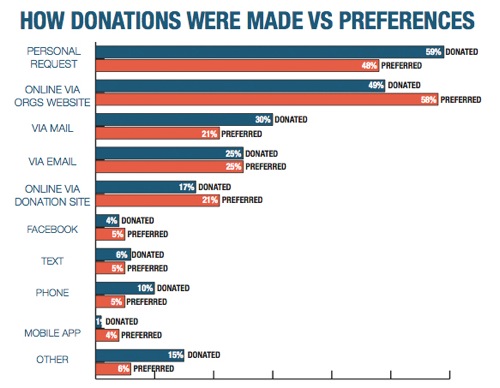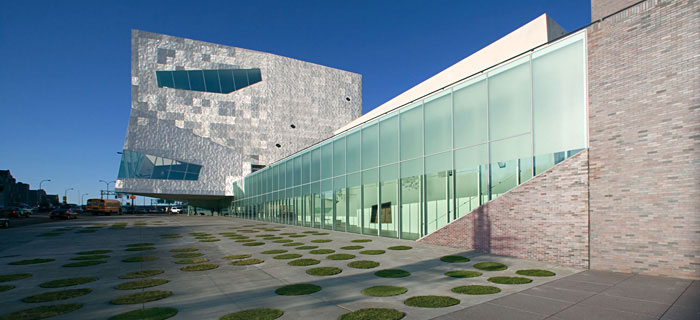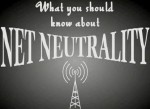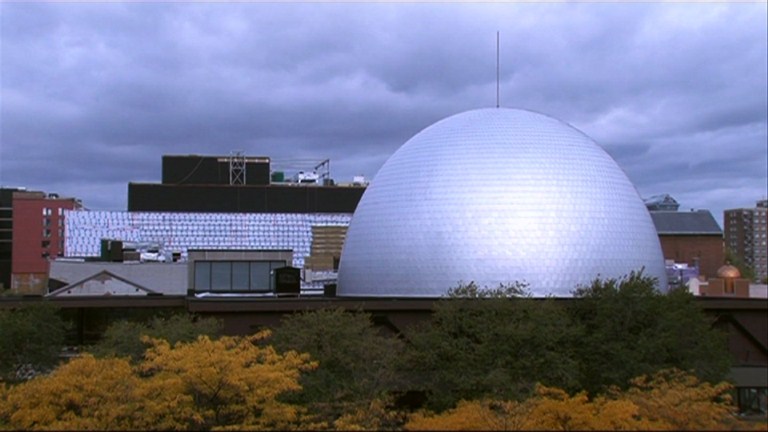 You may have heard: the 2012 Summer Olympics, the global 2-week spectacle that brings some of the best athletes from around the world to compete in over two dozen sporting events, is taking place later this summer in London, from July 27th through August 12th.
But what you may not have heard about are all the exciting and unique events that are intended to showcase the cultural and artistic diversity of London, expressed through art, through a series of exhibits, performances, galleries and shows. The hope, organizers say, is to leave a “lasting legacy for the arts in the UK,” and with millions of tourists visiting the city for the festivities, and billions watching around the globe, there may be no better opportunity for that kind of exposure.
You may have heard: the 2012 Summer Olympics, the global 2-week spectacle that brings some of the best athletes from around the world to compete in over two dozen sporting events, is taking place later this summer in London, from July 27th through August 12th.
But what you may not have heard about are all the exciting and unique events that are intended to showcase the cultural and artistic diversity of London, expressed through art, through a series of exhibits, performances, galleries and shows. The hope, organizers say, is to leave a “lasting legacy for the arts in the UK,” and with millions of tourists visiting the city for the festivities, and billions watching around the globe, there may be no better opportunity for that kind of exposure.
So while the games may receive the lion’s share of attention this summer, it is the British arts community that is hoping to have a more sustainable impact for years to come.
London’s art renaissance is comprised of two parts: the first, the London 2012 Festival, is taking place this year from June 21st through September 9th, and is largely centered on the Summer Olympics and the Paralympics that follows. It is part of a broader campaign, called the Cultural Olympiad, which is a multi-year effort that started in 2008 and is dedicated to showing visitors the best Britain has to offer in the worlds of art, dance, music, culture and more.
The London 2012 Festival is the more high profile project, and will be immediately noticeable to anyone who makes the trip to London for the games, as over 1,000 events are planned. Organizers are proclaiming that there are “10 million free opportunities to get involved,” and while the full list of events has yet to be revealed, there are already hundreds of shows and exhibits that have been announced. Perusing the website you can find such events as film festivals, comedy shows, concerts, carnivals, and fashion shows, some of which require tickets, but the majority of the events are free to the public.
One of the most notable events announced thus far is the Damien Hirst exhibition at the world-famous Tate Modern. In the world of film, a festival showing silent movies by home town director Alfred Hitchcock will be presented, alongside a live musical performance of the material.
My favorite part of the festival, however, and I imagine many others feel the same way, is the quintessential British playwright who will receive top billing. William Shakespeare will be in the spotlight, as the World Shakespeare Festival, which begins next Monday (April 23rd) and runs through September, will present almost 70 productions of Shakespeare’s plays in thirty different locations across the United Kingdom, including Scotland and Wales.
Organized by the Royal Shakespeare Company, organizers are calling it the “biggest celebration of Shakespeare ever staged,” with thousands of actors from around the world taking part in the project. In addition to the usual theatre presentations of Shakespeare’s work, there will be street performances and even amateur performances as well. The most ambitious part of the festival is the Globe to Globe project, where performers will act out all of Shakespeare’s plays, but each of them will be performed in a different language with different actors used for each performance.
It is important to remember that London is not only a sporting destination or the home to great museums and theatres: it is also what the Atlantic calls a “global cultural hub,” home to so many uniquely cultural people and neighborhoods. This cultural diversity will be on display through the festival as well, showcasing some of the best art from countries around the world.
One of the criticisms of the Cultural Olympiad and the upcoming London 2012 festival is the costs associated with such lavish productions, and estimates thus far for the total cost of both programs is about $154 million, no small amount for a country dealing with harsh austerity measures across the board over the last couple of years.
In addition to the overall government-wide austerity measures put in place by the British government, the games also come at a time of dwindling funds for the arts in not only just the UK, but all across Europe. I wrote recently about the impact that arts communities in Europe are facing, and while countries like Italy and the Netherlands have received the most attention, the cuts have hit the UK as well: as the New York Times reports, the British Arts Council saw its government funding recently reduced by 20 percent.
When the 2012 games were awarded to London, back in 2005, the economy was booming and expectations for both the games and the Cultural Olympiad were sky high, and lavish funding was promised. Of course, after the global economic recession hit in the fall of 2008, expectations were tempered, and both sides have adjusted accordingly.
One of the criticisms that critics have about the Summer Olympics is that it’s a sporting event that costs billions of dollars to produce, creates years of traffic problems and construction delays, and all the pageantry and spectacle that it comes with only lasts for two weeks, and then it’s gone forever (well, except for all the unused stadiums that come with it).
While the sporting part of the Olympics is only in town for those two weeks, it is the hope of organizers of both the London 2012 festival and the Cultural Olympiad that the impact that the arts community brings to the festivities, through art, dance, music, film, culture and so much more, has a lasting impact even after the games have ended and all the medals have been handed out. It may not be in place as long as a giant football stadium, but the impact on British culture is sure to last for quite some time.






